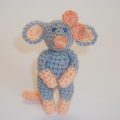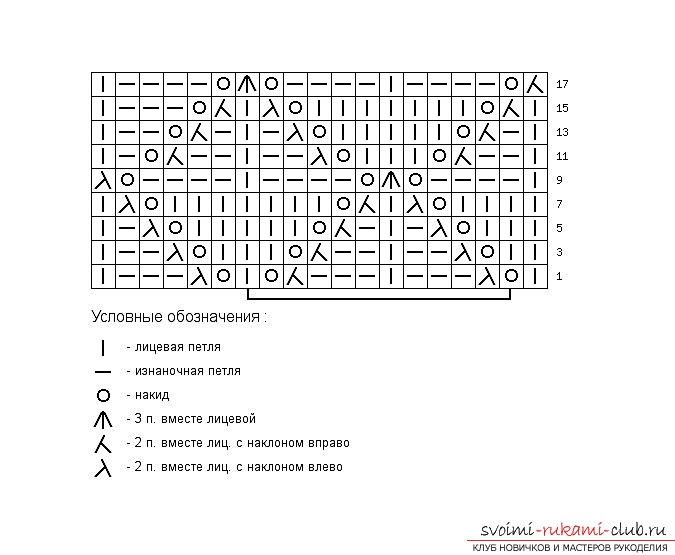
How to bind the most simple knitting patterns in knitting. Description of the most popular and at the same time simple patterns and the process of their knitting
The number of patterns that can bethe assistance of the spokes does not lend itself to account. You can say that their diversity is determined only by your imagination. But to start learning how to bind patterns is best, of course, from the most elementary. The simplest of them are: Arans. Such a name carries patterns of Norwegian or Jacquard origin, which are tied with knitting needles. They are distinguished by characteristic winter themes or images of geometric figures 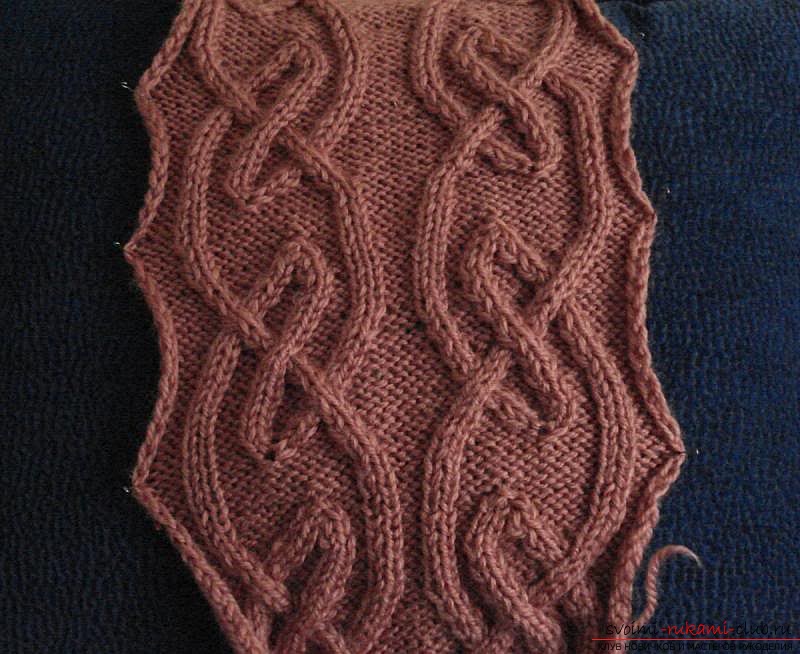 Japanese patterns Their difference is strict shapesgeometric type, neatly woven into a thin mesh, perfectly looking in combination with them. Such patterns are an ideal solution when knitting kitchen napkins and capes, which are so fond of modern housewives.
Japanese patterns Their difference is strict shapesgeometric type, neatly woven into a thin mesh, perfectly looking in combination with them. Such patterns are an ideal solution when knitting kitchen napkins and capes, which are so fond of modern housewives. 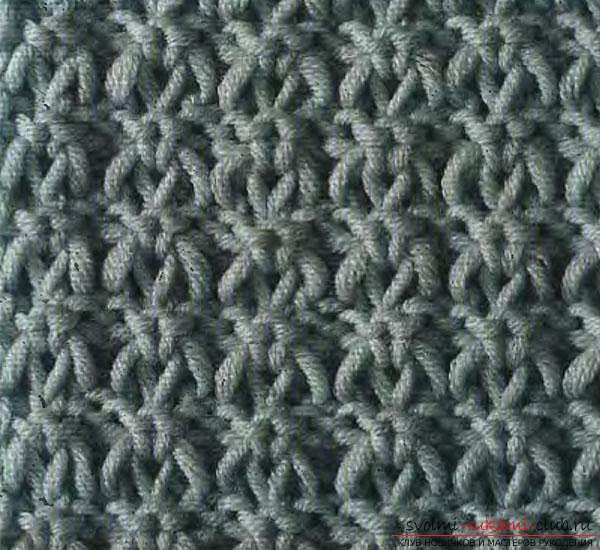 Grid. The beauty of these patterns is that, using the same pattern, the needlewoman can tie absolutely different products. At the same time, their characteristics such as density, kind of interlacing and the coordinates of the cells can drastically differ from the nominal ones. This pattern is flexible and versatile. Whichever clothes you are knitting - female or male, you can safely use it.
Grid. The beauty of these patterns is that, using the same pattern, the needlewoman can tie absolutely different products. At the same time, their characteristics such as density, kind of interlacing and the coordinates of the cells can drastically differ from the nominal ones. This pattern is flexible and versatile. Whichever clothes you are knitting - female or male, you can safely use it. 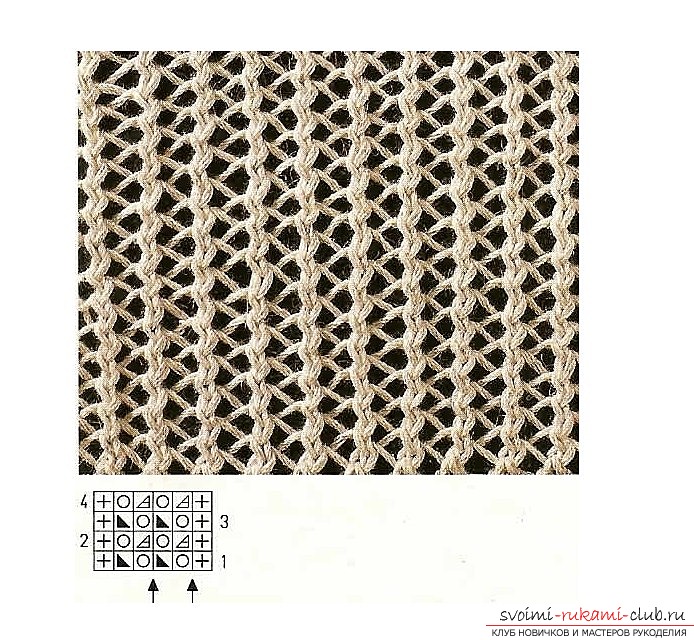 Rhombuses This is the most versatile kind of pattern. You can tie it to any clothing. Moreover, such patterns adorn even bedspreads and blankets. Diamond-shaped knitting is ideal for use as a decor for things made from knitwear. But there are also some nuances: when lozenges knit you need to tie two loops at once. This is due to the inclination of such elements of the openwork type. Since, the inclined lines of the pattern gradually converge with each other, it is necessary to tie both eyelets on the principle of a facial loop, but with a small exception. At the entrance to one loop with the left oblique binding, one eyelet is removed, the subsequent one is tied face and again is passed through the first one. The size of such diamonds can be determined independently, but remember - the number of loops necessary for their mating must be odd. In this case, the distance between two diamonds should be equal to one eyelet.
Rhombuses This is the most versatile kind of pattern. You can tie it to any clothing. Moreover, such patterns adorn even bedspreads and blankets. Diamond-shaped knitting is ideal for use as a decor for things made from knitwear. But there are also some nuances: when lozenges knit you need to tie two loops at once. This is due to the inclination of such elements of the openwork type. Since, the inclined lines of the pattern gradually converge with each other, it is necessary to tie both eyelets on the principle of a facial loop, but with a small exception. At the entrance to one loop with the left oblique binding, one eyelet is removed, the subsequent one is tied face and again is passed through the first one. The size of such diamonds can be determined independently, but remember - the number of loops necessary for their mating must be odd. In this case, the distance between two diamonds should be equal to one eyelet. 
 Very impressive look things that are tied upwith the help of separate rhombuses, are woven into a pattern. However, such knitting is by far not everyone's power. To begin with, you should practice on simpler things, and only then, having stuffed your hand and training your eye, you can start more complicated.
Very impressive look things that are tied upwith the help of separate rhombuses, are woven into a pattern. However, such knitting is by far not everyone's power. To begin with, you should practice on simpler things, and only then, having stuffed your hand and training your eye, you can start more complicated.




